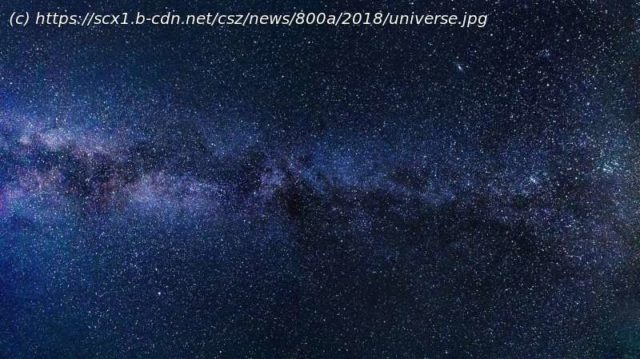Los Angeles was once the best place in the world to see the universe.
Los Angeles was once the best place in the world to see the universe.
The most important things we know about the cosmos were discovered in the early 20th century at Mt. Wilson Observatory. It was here, 100 years ago, that Edwin Hubble noted a light in the distance that would lead to one of science’s greatest discoveries.
By night, astronomers kept watch at the best telescopes on Earth. But by day, a city grew between the mountain and the sea. The lights of Los Angeles multiplied with each passing year until their glow obscured that of the stars above.
Astronomers moved on to clearer skies, beneath which larger and more powerful telescopes would be built. And Mt. Wilson Observatory discovered what so many aging luminaries in L.A. have: Once your star light fades, no one is quite sure what to do with you.
With an annual budget smaller than that of some fancy L.A. parties, a nonprofit organization and volunteers have done a heroic job of keeping the grounds and telescopes open for visitors and the few scientists still working there.
But as the 100th anniversary of Mt. Wilson’s greatest discovery approaches this week, those most dedicated to the historic and scientific treasure could use a breakthrough of their own.
The observatory sits at the summit of 5,715-foot Mt. Wilson, accessible only by a serpentine stretch of Angeles Crest Highway.
When George Ellery Hale established it in 1904 building a mountaintop telescope demanded a new level of ambition. Mules and mule-driven carts hauled hundreds of tons of material up the 18-mile road, which wasn’t paved until 1907.
In 1908 the animals delivered a 60-inch wide, 1,900-pound mirror to collect light from the stars—the keystone of the largest and most powerful instrument of its kind in the world. The mirror wasn’t even installed before Hale began planning for a 100-inch telescope that would gather three times as much light.
„His philosophy was to go to the best possible place, where the air was steady and the skies were dark … build the cutting-edge instruments like had never been built before, and hire the very best people he could to use them,“ said Hal McAlister, professor emeritus of astronomy at Georgia State University and a former executive director of the Mt. Wilson Institute, that now manages the observatory. „He achieved all three.“
Among those hires was Edwin Hubble, who arrived at the observatory as a staff astronomer in 1919.
The kind of temperament that can tolerate long nights alone with the stars often has a lot of room for quirks. Hubble was no different.
He attended Oxford University as a Rhodes Scholar and came home with an affected British accent he turned on and off for the rest of his life. Though he told friends and biographers he practiced law before turning to astronomy, he was in fact a high school teacher who never handled a case. But though he sometimes played loose with the facts of his life, he was famously disciplined about the stars.
On the night of Oct. 5, 1923, Hubble pointed the 100-inch telescope toward M31, a blob of faint light then known as the Andromeda nebula.
The human eye only collects up to 0.2 seconds of visual data before uploading it to the brain. A camera can collect light over a much longer period, which is why long-exposure photographs of the night sky contain far more stars than are visible with the naked eye. Hubble set the telescope’s camera to capture a photograph with a 45-minute exposure and developed the result onto a glass plate.
Over the following weeks, as Hubble peered closely at the image, he noticed three distinct points of light in the fuzzy cloud of stars, rather than the single one he expected to see. He marked each with an N, for nova.
He started going through other plates in the Carnegie Observatories archives in Pasadena to figure out what those extra points of light might be. As he pored through the carefully labeled images, he realized that one light grew brighter and dimmer in regular intervals over the months.
It was a Cepheid variable, a type of star beloved by astronomers because its luminosity and pulse length can be used to measure its distance from Earth. At this, even the reticent Hubble allowed himself to celebrate. He went back to the plate, crossed out an N and wrote „VAR!“ in capital letters.
Energized by the finding, Hubble carried out the calculations and realized the Cepheid had led him to an even greater discovery. The star was farther away than anything in the Milky Way—too far, in fact, to still be considered part of it.
Andromeda was not another star in our galaxy, but a galaxy all its own. In a flash of light, the universe had become an infinitely vaster and more interesting place.






